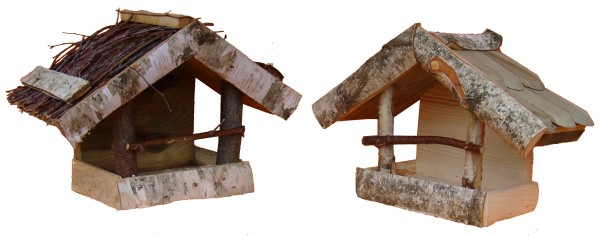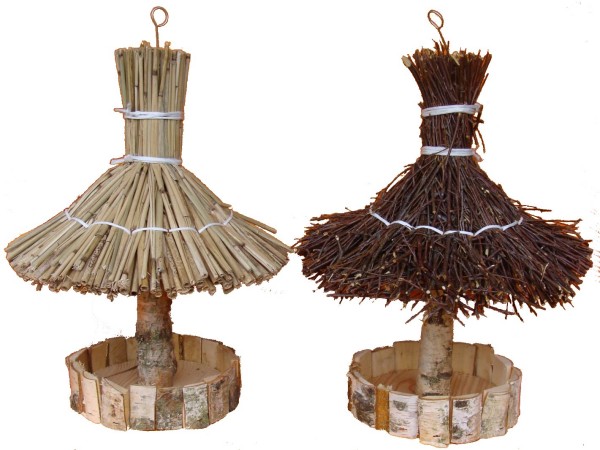Birds in wintertime
In winter the temperatures sometimes drop bellow zero and we bundle up in our warmest clothes to survive the cold, but what do birds do, how do they adapt and what coping mechanisms do they have? Read down below and find out.
Birds are highly adaptable creatures and have mastered living in the harshest conditions like winters around the world. For start, they have a higher body temperature than humans which is around 40°C (105°F). Besides that, the birds can easily adapt their body temperature according to outside weather. There are many ways they do that.
One of the most effortless and most natural things that maintain the body temperature is shivering. That is also the case in humans. Shivering encourages our blood flow and keeps our bodies warm. Before winter comes birds also pack on body weight to prepare for colder months. And you may ask what birds do when they don’t have a full closet of clothes that would keep them warm. In months prior to winter, birds grow additional little feathers below the ones already there. That keeps them warm and prevents warmth from leaving their tiny bodies. Other than growing additional feathers, birds also fluff themselves to create little air pockets that serve as insulation.
One of the most fascinating things about their bodies is that the feathers are also waterproof. While you see them puffing and cleaning themselves, also known as preening, they produce oil from a gland near their tails. But not all bird species are the same. As some use oil to waterproof their feathers others disintegrate this oil into powder, which serves the same purpose. No matter which method they use, staying dry is a good way to store body temperature and energy in winter.
The birds we see in winter months are usually not solo travelers. There is always at least one friend beside them. And when it gets extra chilly birds tend to crowd together in shrubs, vines, and trees. They roost and cuddle and in this way they share their body heat and burn less energy trying to stay warm.
As these animals are smart, besides storing fat before winter they also store food in different places. They cannot depend on humans to provide them with food throughout the whole winter so they take manners into their own hands. It is said that some birds can remember up to 100 places where they stored their food.
While hibernating is usually reserved for bears, some bird species go into similar hibernation state called torpor. This allows them to lower their body temperature and heart rate to conserve body heat. However, this can make them more vulnerable and easier prey, as reactions are slower.
And the most known way birds survive the winter is by migrating. A commonly known fact is that birds always migrate in flocks but that is not the case. As some species don't even migrate, others migrate individually. But no matter what, all of them always come back home.
And how can we help the birds?
When colder months come we can help birds by leaving them plenty of food and water. Especially provide high-energy food like different seeds or nuts. And just make sure the water is always clean and not frozen.
Another way of helping birds is making them a place to nest and hide by hanging bird houses on nearby trees. You can find bird houses available for sale on our website and they will be linked down below.

Bird house birch MINI

Bird house birch round small